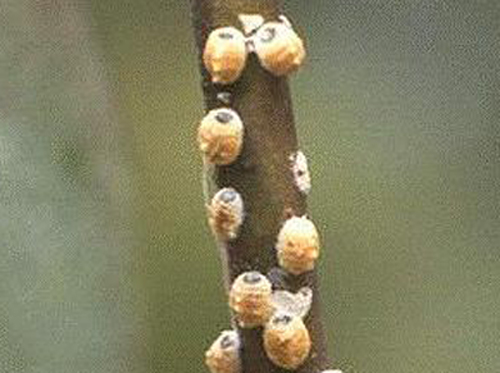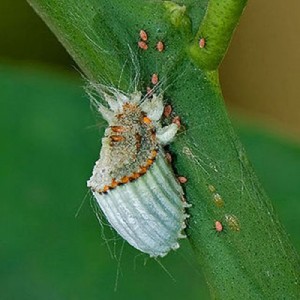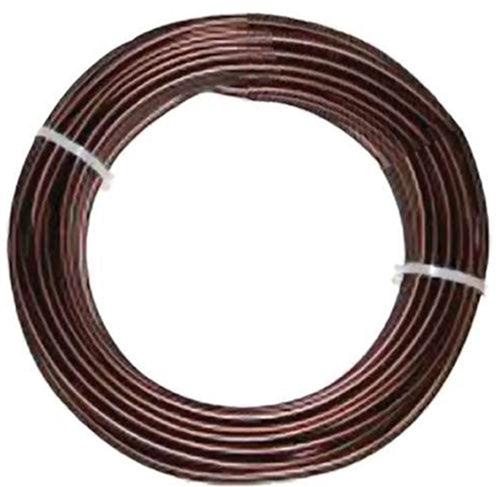Updated 8/4/2020.

These little critters with their protective helmet-like shields are just one variety of the approximately 8,000 species of scale. Though not all are harmful to your bonsai, the ones that are, need to be taken seriously.
Here’s what Michael Hagedorn has to say about scale…
“They’re here again*…scale are emerging from their eggs underneath their shields, and beginning to crawl.
“This is the time to control them. If we sprayed during the winter we wasted insecticide on protected eggs. In June they mature and begin moving around the plant, and can be controlled with oils. All-season oil or Neem oil work. Early summer through the warm months they are active.
“It’s very important to identify when to control what. If we spray with the right insecticide or fungicide in the wrong season, we waste time and money and maybe give a beneficial organism a hard time.”
*February is a little early for this article, early summer would be better but you can still prepare
For more bonsai advice from Michael Hagedorn, be sure to check out Bonsai Heresy.

A female cottony cushion scale with offspring.
Here’s a small piece of what Wikipedia has to say about scale
“Scale are small insects of the order Hemiptera, generally classified as the superfamily Coccoidea. There are about 8,000 species of scale insects. Scale insects feed on a wide variety of plants, and many scale species are considered pests. Scale insects’ waxy covering makes them quite resistant to pesticides, which are only effective against the first-instar nymph crawler stage. However, scales are often controlled with horticultural oils, which suffocate them, or through biological control. Soapy water is also reported to be effective against infestations on houseplants.” As is Neem oil.

